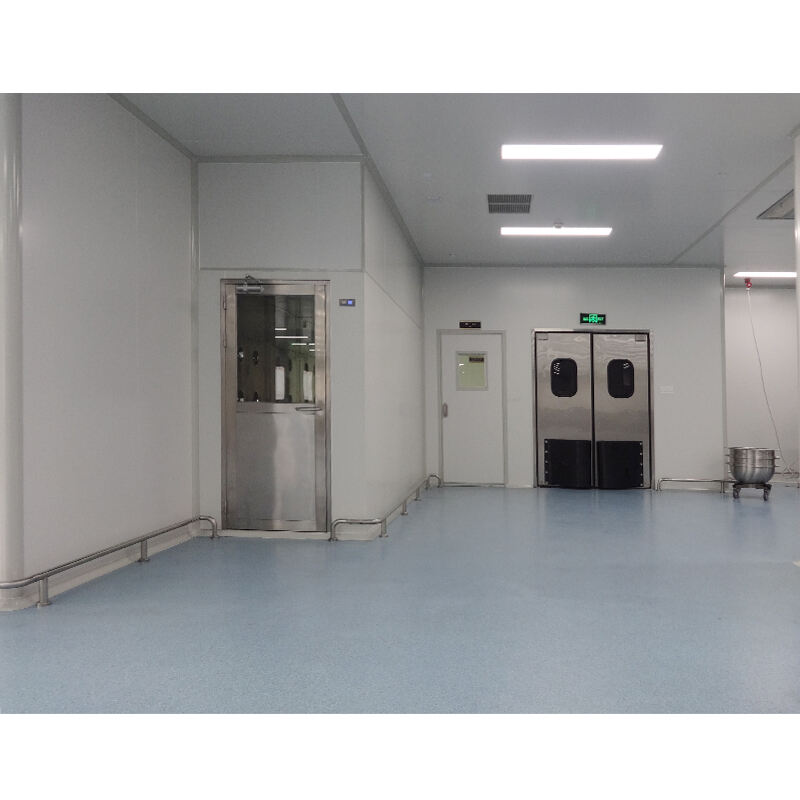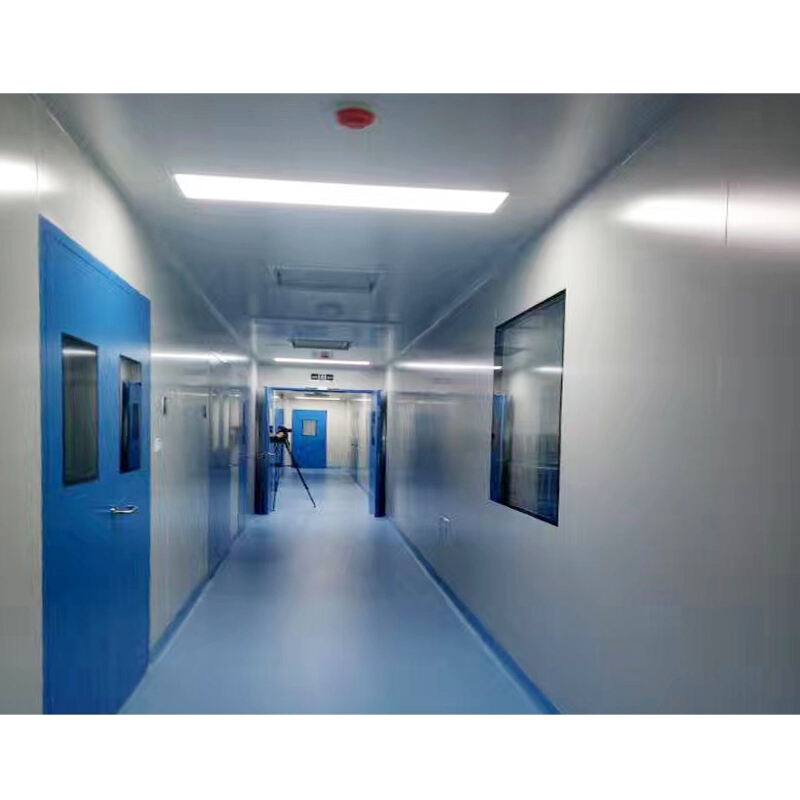Understanding Modern Clean Air Technologies and Their Impact
A well-designed clean air system serves as the foundation for maintaining optimal indoor air quality in both residential and commercial spaces. As we spend approximately 90% of our time indoors, the significance of effective air purification cannot be overstated. Modern clean air systems combine multiple technologies and components working in harmony to create healthier indoor environments.
The evolution of clean air systems has accelerated dramatically in recent years, driven by increasing awareness of air quality issues and technological advancements. Today's systems go far beyond simple filtration, incorporating sophisticated sensors, multi-stage purification, and smart controls to deliver superior results.
Essential Filtration Components
Pre-filtration Technology
The first line of defense in any clean air system is the pre-filter. This component captures larger particles such as dust, hair, and debris before they can reach more sensitive parts of the system. Pre-filters are designed to be easily replaceable and help extend the life of more expensive primary filters.
Modern pre-filtration systems often incorporate washable materials that can be maintained without frequent replacements, reducing operational costs while maintaining effectiveness. The design of these components focuses on minimal air resistance while maximizing particle capture.
HEPA Filtration Systems
High-Efficiency Particulate Air (HEPA) filters represent the gold standard in air filtration technology. True HEPA filters must capture 99.97% of particles as small as 0.3 microns. This level of filtration is crucial for removing allergens, fine dust, and many microscopic contaminants from the air stream.
Advanced clean air systems often utilize medical-grade HEPA filters, which undergo rigorous testing and certification. These components are particularly important in healthcare settings, clean rooms, and high-occupancy commercial spaces where air quality is paramount.
Chemical and Gas Treatment Mechanisms
Activated Carbon Technology
Activated carbon filters play a vital role in addressing gaseous pollutants and volatile organic compounds (VOCs). Through the process of adsorption, these components trap molecules responsible for odors, chemical fumes, and various harmful gases. The highly porous structure of activated carbon provides an enormous surface area for chemical binding.
Modern clean air systems often use enhanced carbon filters treated with additional compounds to target specific pollutants. This specialized treatment can improve the removal of particular chemicals common in indoor environments, such as formaldehyde from building materials.
Photocatalytic Oxidation
Advanced clean air systems increasingly incorporate photocatalytic oxidation (PCO) technology. This process uses UV light and a catalyst, typically titanium dioxide, to convert harmful airborne pollutants into harmless compounds. PCO is particularly effective against organic compounds and can help eliminate bacteria and viruses.
The integration of PCO technology represents a significant advancement in clean air system capabilities, as it actively breaks down pollutants rather than simply trapping them. This reduces the need for frequent filter replacements and provides ongoing protection against various contaminants.

Air Movement and Distribution Components
Fan Systems and Motors
The heart of any clean air system is its air movement capability. Modern systems utilize energy-efficient EC (electronically commutated) motors and precisely engineered fan blades to optimize airflow while minimizing energy consumption. These components must balance the competing demands of air volume, pressure, and noise levels.
Advanced fan systems incorporate variable speed control, allowing the clean air system to adjust its operation based on current air quality conditions. This dynamic response capability ensures optimal performance while conserving energy during periods of lower demand.
Airflow Management
Proper air distribution is crucial for effective clean air system operation. Components such as diffusers, grilles, and dampers work together to ensure treated air reaches all parts of the space. Advanced systems use computational fluid dynamics modeling to optimize these components' design and placement.
Modern airflow management systems also incorporate sensors and automated controls to maintain proper air balance and pressure relationships between different areas. This is particularly important in applications where cross-contamination must be prevented.
Smart Control and Monitoring Elements
Sensor Arrays
Contemporary clean air systems rely on sophisticated sensor networks to monitor air quality in real-time. These sensors track various parameters including particle counts, VOC levels, temperature, humidity, and carbon dioxide concentrations. The data collected enables intelligent system operation and provides valuable insights into air quality trends.
Advanced sensor technologies now include machine learning capabilities that can predict air quality issues before they become severe. This proactive approach helps maintain consistently high air quality while optimizing system operation.
Control Systems Integration
The integration of smart controls represents a crucial component of modern clean air systems. These controls coordinate the operation of all system components, adjusting settings based on sensor data and user preferences. Advanced systems often include remote monitoring capabilities and integration with building management systems.
Mobile apps and cloud connectivity allow users to monitor and control their clean air systems from anywhere, while also enabling predictive maintenance and performance optimization through data analytics.
Frequently Asked Questions
How often should clean air system filters be replaced?
Filter replacement schedules vary depending on the type of filter and usage conditions. Pre-filters typically need replacement every 3-6 months, while HEPA filters may last 12-24 months. Carbon filters generally require replacement every 6-12 months. However, these intervals can be shorter in environments with higher pollutant levels.
What size clean air system is needed for different spaces?
The appropriate system size depends on several factors including room volume, occupancy levels, and specific air quality requirements. A general rule is to select a system that can provide 4-6 air changes per hour. Professional assessment is recommended for optimal sizing, particularly in commercial applications.
Can clean air systems remove viruses and bacteria?
Yes, properly designed clean air systems can effectively reduce airborne pathogens. HEPA filtration captures most bacterial and viral particles, while additional technologies like UV-C light and photocatalytic oxidation can actively neutralize these microorganisms. However, air purification should be part of a comprehensive approach to infection control.
How does humidity affect clean air system performance?
Humidity levels can significantly impact system performance. High humidity can reduce the effectiveness of certain filtration components and potentially promote microbial growth. Most advanced clean air systems include humidity monitoring and may incorporate dehumidification capabilities to maintain optimal conditions.

